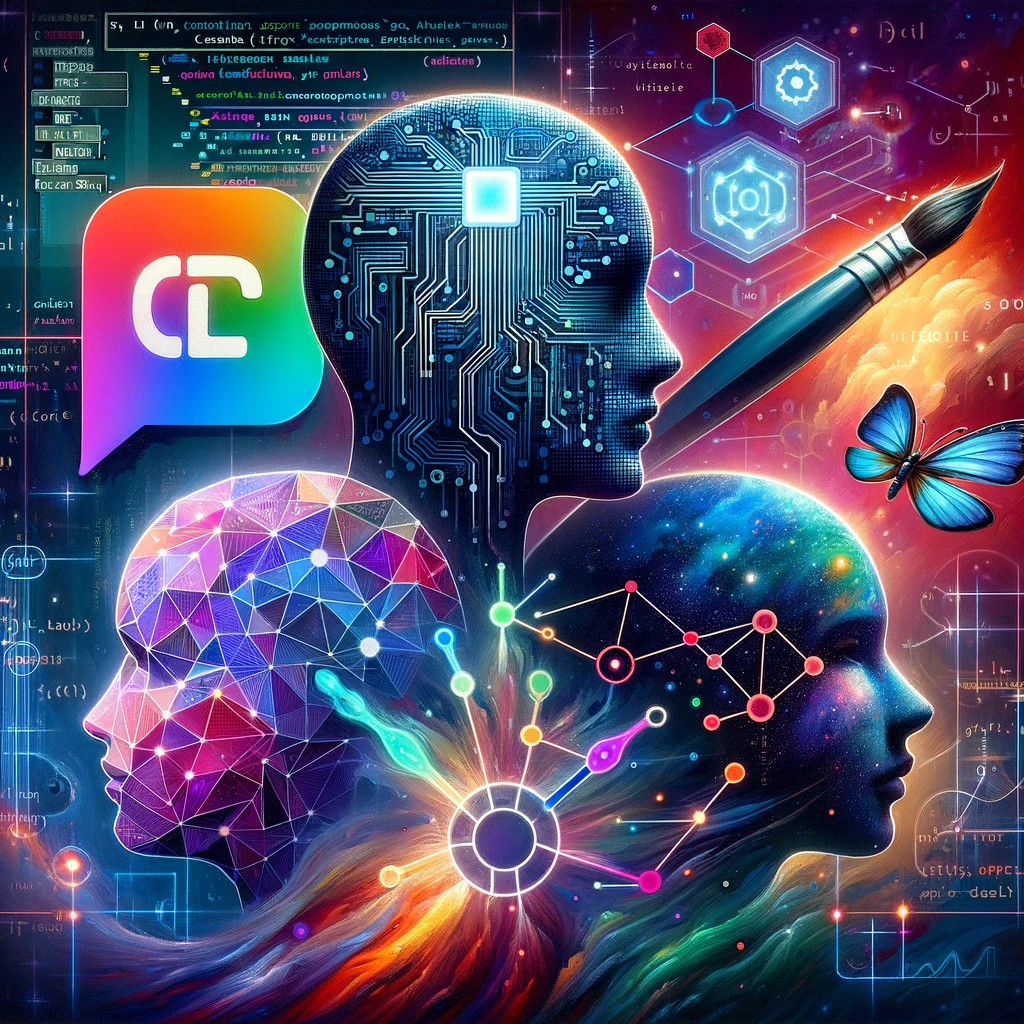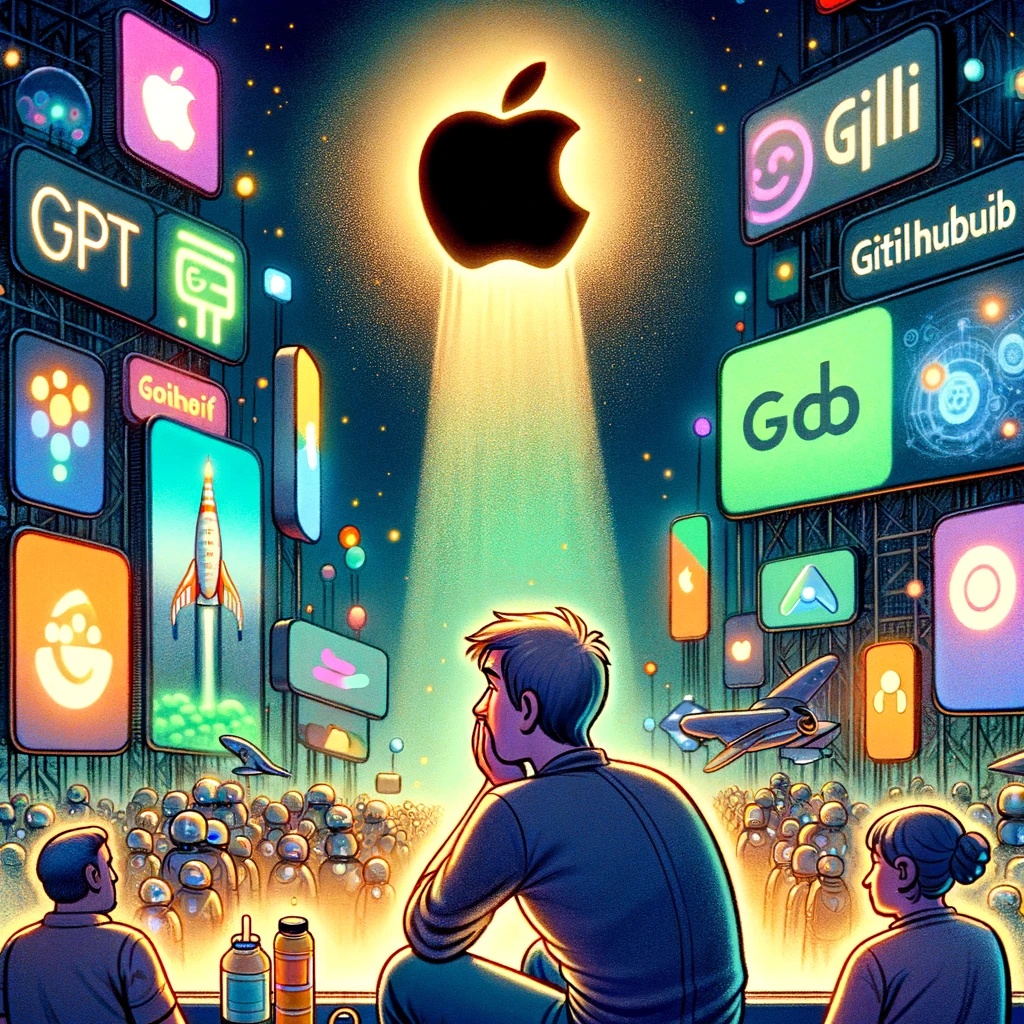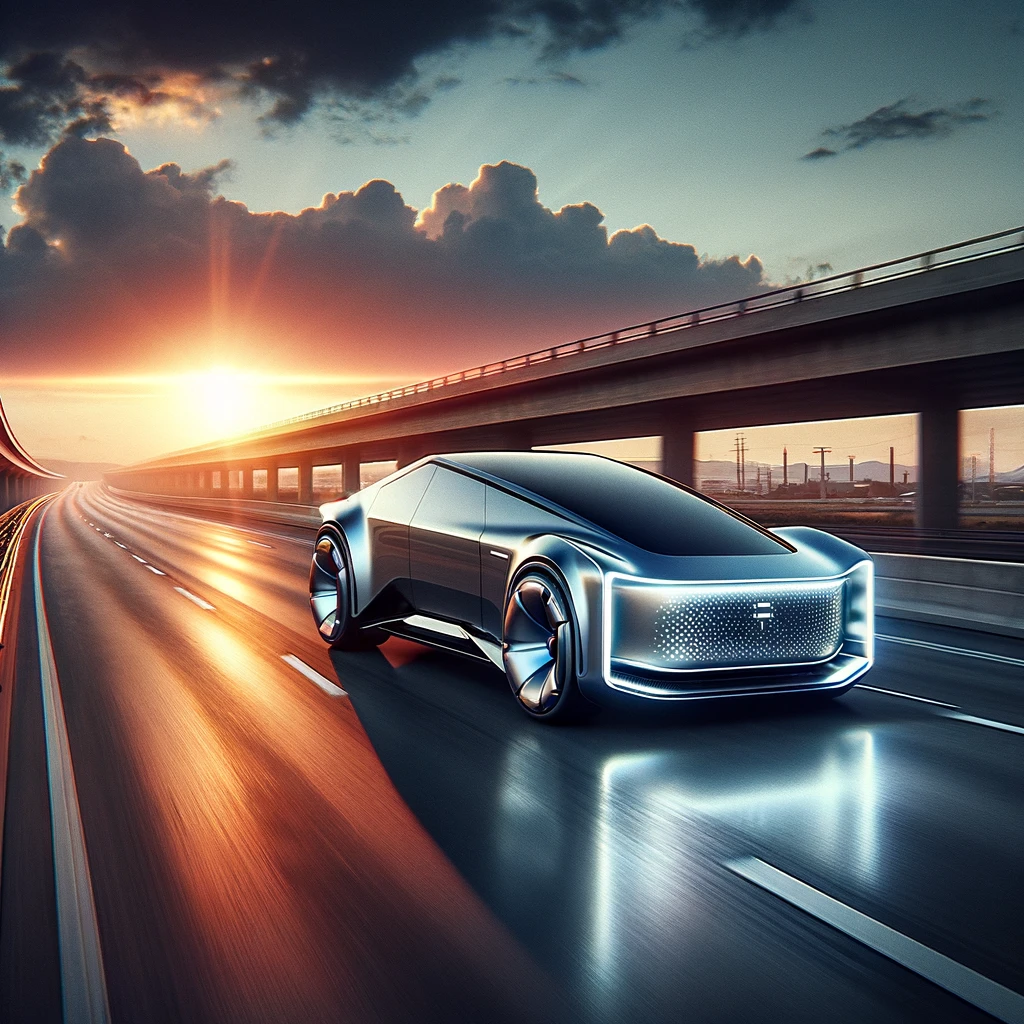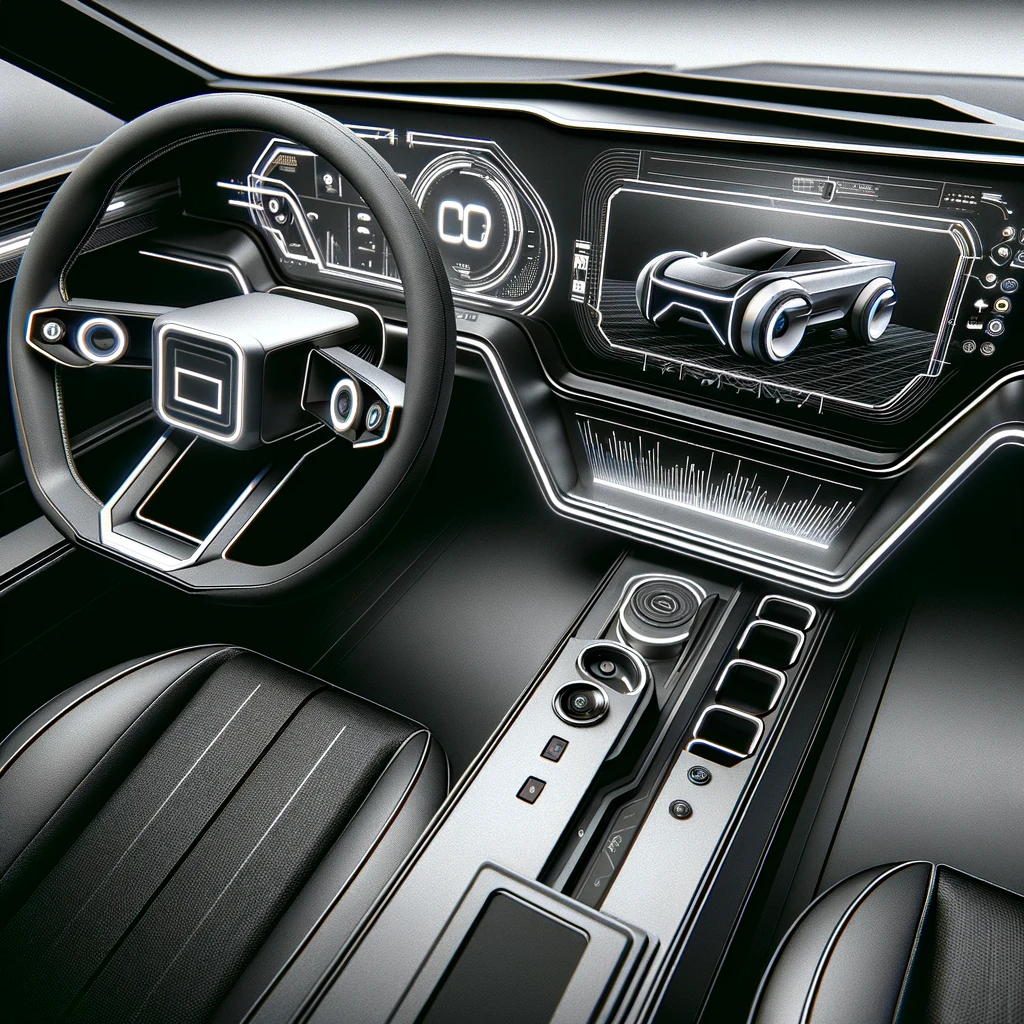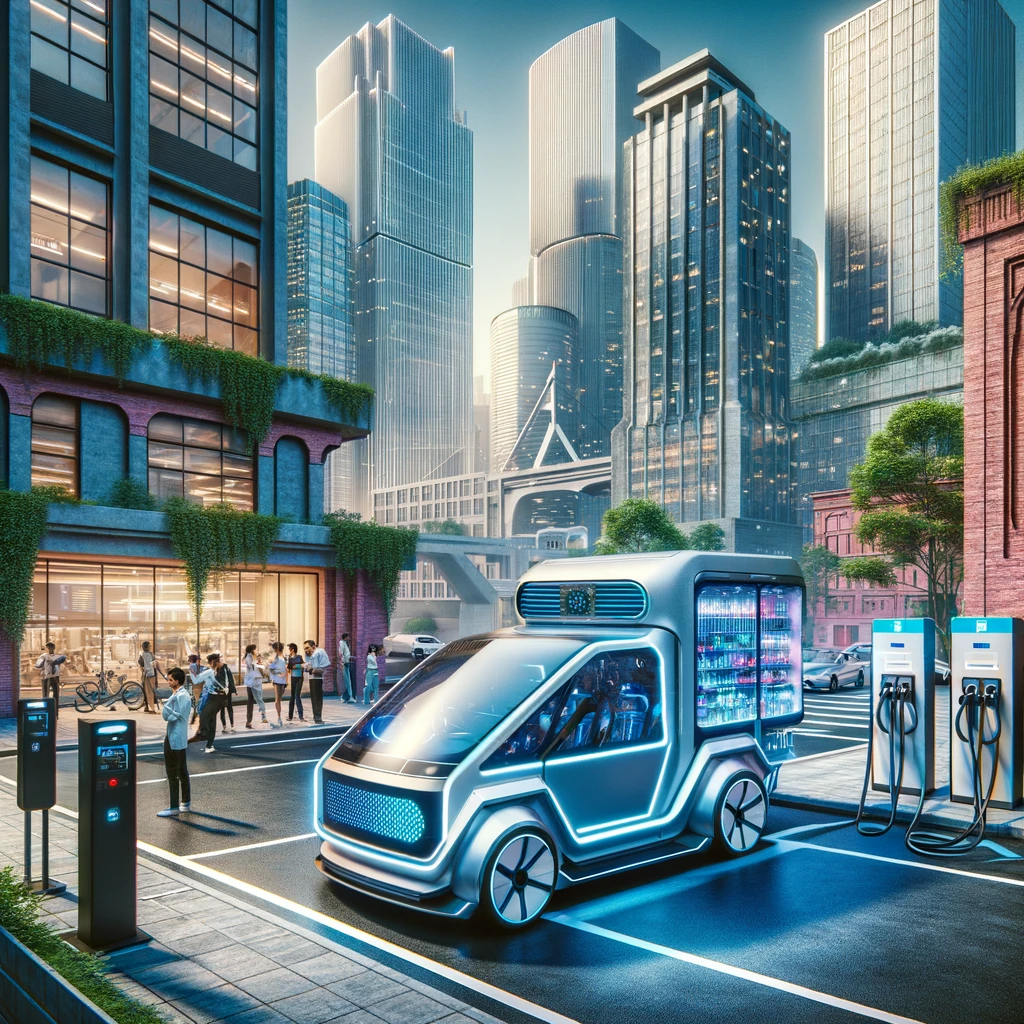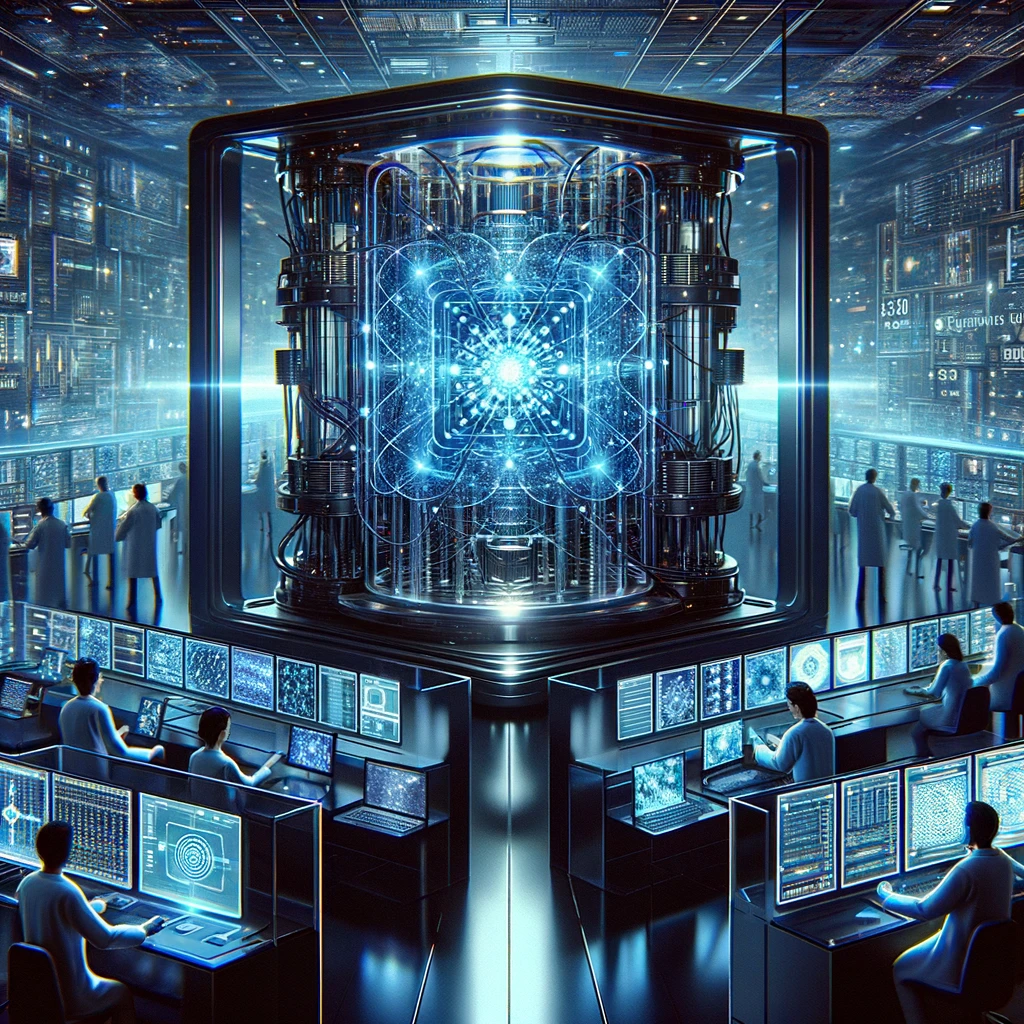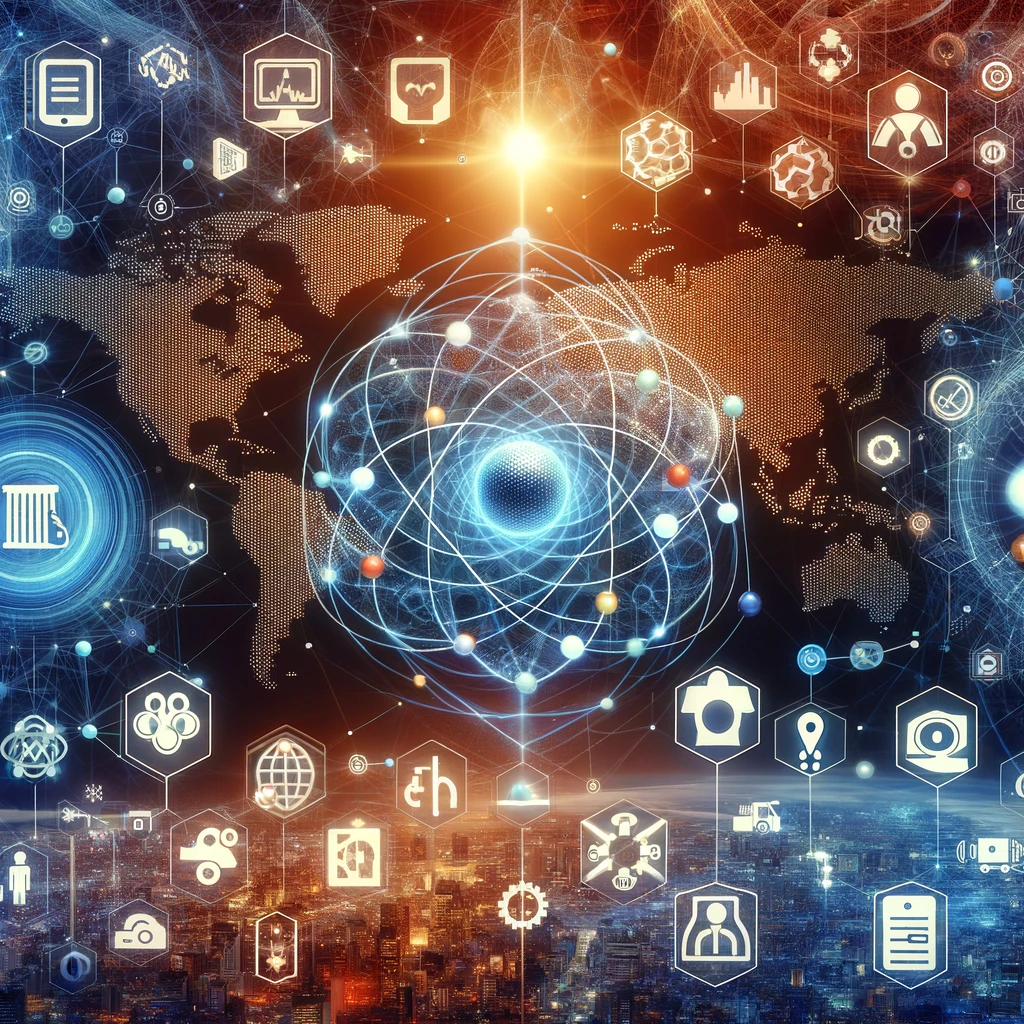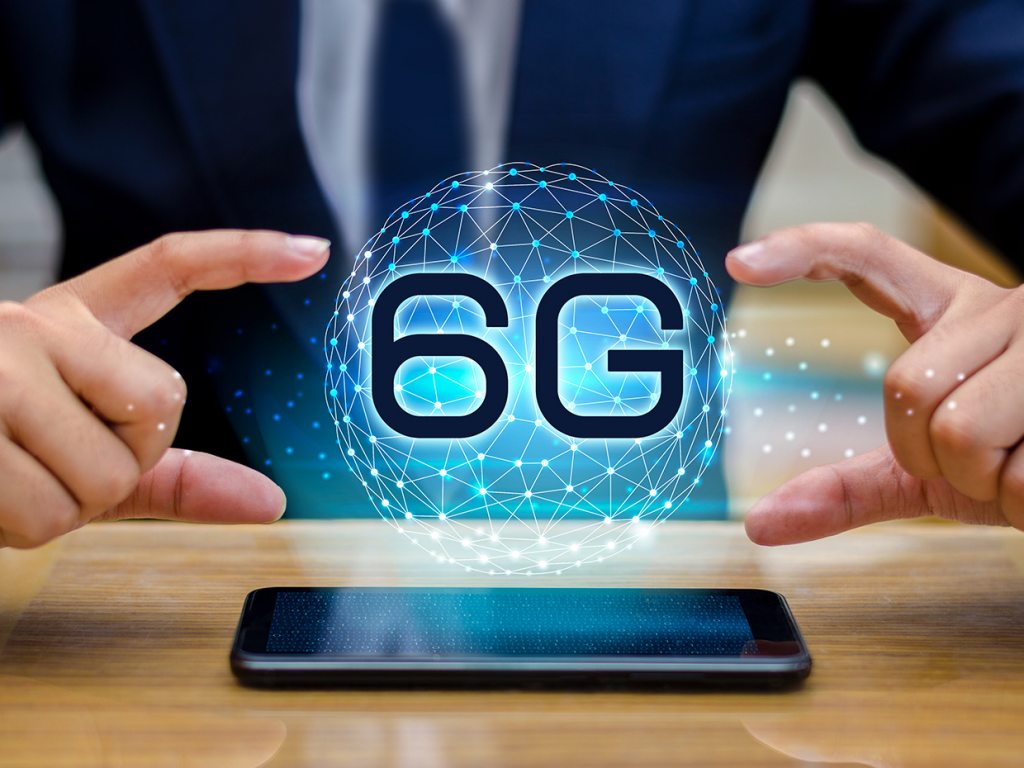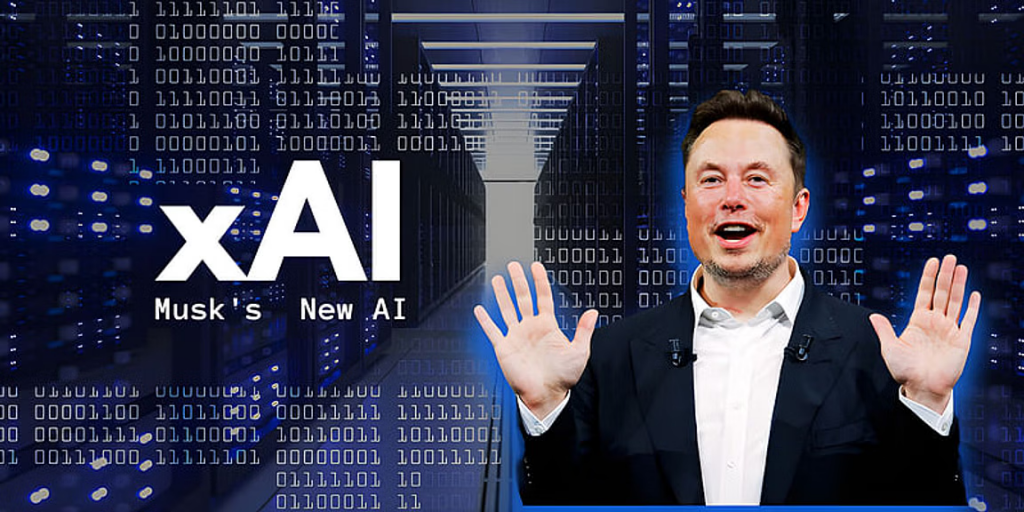Tesla Shares Edge Higher in Anticipation of Quarterly Results
As the market gears up for the release of Tesla’s latest quarterly results, investor optimism is reflected in the slight uptick in Tesla’s stock prices. This anticipation builds amid a backdrop of a turbulent auto industry facing supply chain disruptions and shifting consumer preferences towards electric vehicles (EVs).

Market Sentiment and Financial Health
Tesla, a leader in the electric vehicle market, has seen its shares edge higher as investors and analysts eagerly await the company’s financial disclosures. This quarter is particularly significant as it follows a series of strategic expansions and updates in Tesla’s product lineup, including enhancements to their existing models and advancements in autonomous driving technology.
Strategic Developments
In recent months, Tesla has ramped up production in its newer factories in Berlin and Shanghai, aiming to mitigate the effects of logistical challenges that have hampered the auto industry at large. The company has also made notable improvements in battery technology, potentially lowering costs and increasing the range of its vehicles.
Analyst Expectations
Analysts predict that Tesla’s revenue will show robust growth, but there is a keen interest in seeing how profit margins are holding up against the backdrop of increased raw material costs and global economic pressures. Investors are particularly focused on Tesla’s updates on production numbers and any guidance on future earnings amid these challenging times.
Potential Impact on the EV Market
Tesla’s quarterly results are not just a measure of the company’s performance but also serve as a bellwether for the health of the broader electric vehicle sector. Positive results could bolster investor confidence not only in Tesla but in the industry’s growth prospects worldwide.

Looking Forward
As Tesla continues to innovate and expand its reach, the outcomes of this quarter could have far-reaching implications for its stock price and its position in the competitive landscape of the auto industry. The results will likely influence market trends and could set the tone for investment in green technologies and sustainable transport solutions moving forward.
Conclusion
The anticipation around Tesla’s quarterly results highlights the critical nature of innovation and adaptability in today’s auto industry. As the world watches, Tesla is poised to demonstrate not just its financial acuity, but its potential to lead the charge in a future driven by sustainability and advanced technology.




